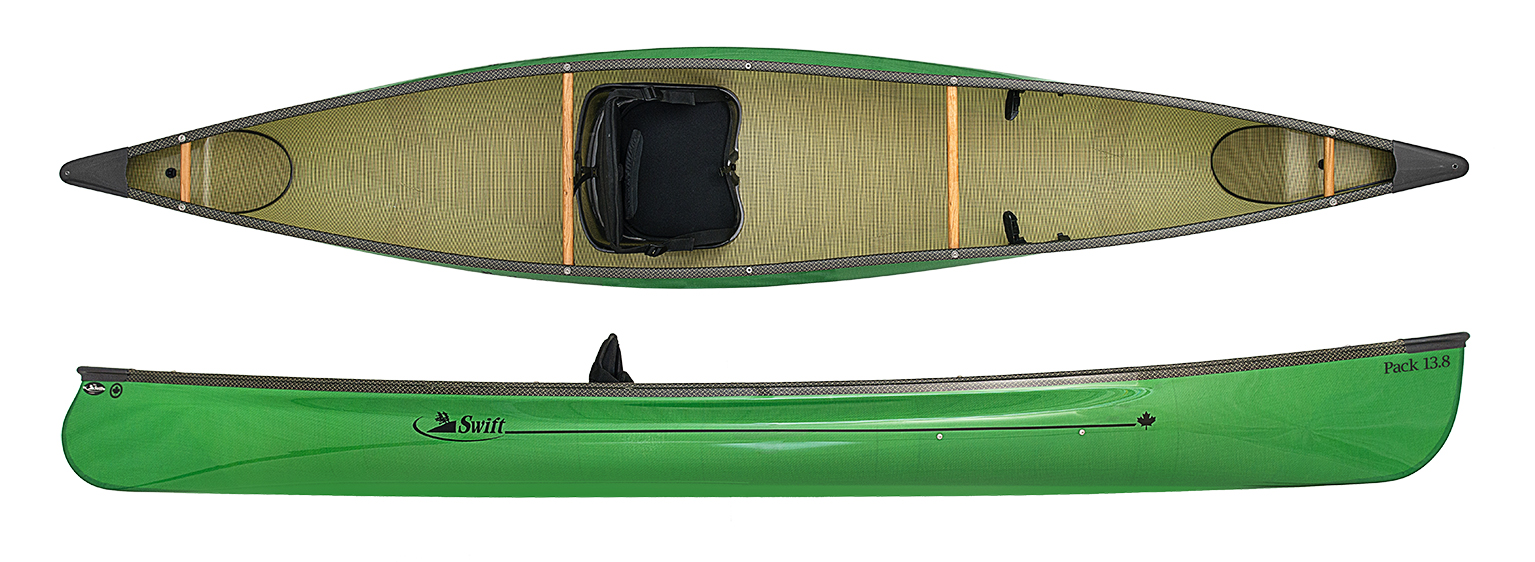My bias with kayaking and cameras is that I to have found kayaking to be a wet experience. I too agree that canoes would be better for photography.I own a kayak but take a my camera out in canoe. Kayaking for me is a wet experience if only from dripping paddles. I'm not too worried about the camera in the canoe under good conditions but I put it in a pelican case for entering/exiting, easy whitewater, weather, etc.
Also most of my boating has been in salt water. With boating we frequently use dinghies to get between a boat and shore. From that experience I am familiar with where a dinghy can and cannot be used safely.
Most bird photography is done close to shore. If I still had my sailboat I would carry my cameras well protected against dampness in the boat, I would not hesitate to use a dinghy to explore along the shore and I would not hesitate to bring a camera on board with me if conditions were reasonable.
Livingston dinghies are very common. They are stable and ride comfortably. They are designed to work with a small outboard motor which can be either gas or battery powered. I would not trust them in open passages where there is a lot of current or waves but they are perfect for exploring close to shore where most shore birds can be found. Traveling around with them using an outboard in sheltered water is very comfortable. They also provide a stable platform for photography.



